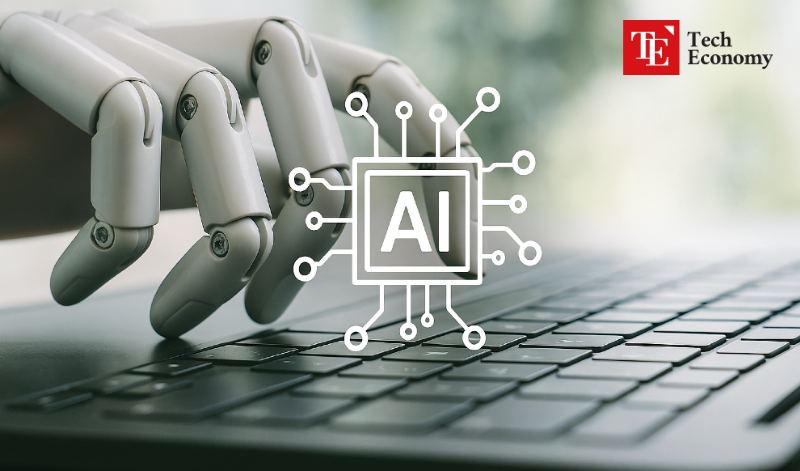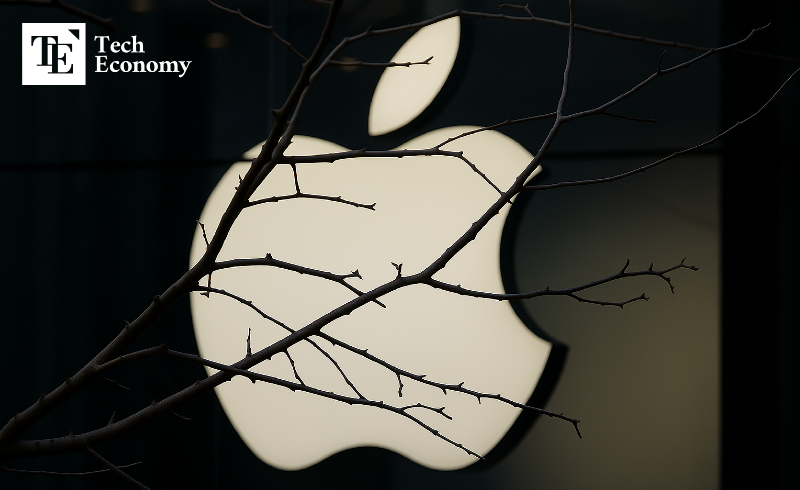Apple Pulls Back From AI Startup Acquisitions, Chooses Hardware-Centered “Slow Evolution”
Input
Modified
Talks With Mistral AI and Perplexity Abandoned
Focus Shifts to Hardware and Infrastructure Investment
Mounting Internal Frustration Over Strategic Drift

Apple’s negotiations to acquire several artificial intelligence startups have been shelved, highlighting growing uncertainty over the company’s direction. Earlier this month, Apple announced a massive $600 billion investment plan centered on hardware and infrastructure, but employees and investors say they have yet to see tangible results. Analysts suggest Apple’s AI strategy is aimed more at gradual reinforcement than sweeping change, reinforcing expectations that the company will continue with its trademark path of “slow evolution.”
Prioritizing Risk Minimization
According to The Information on August 26, Apple decided not to proceed with bids for Mistral AI and Perplexity, in deals led by Senior Vice President of Services Eddy Cue. Sources said the company pulled back due to high integration challenges relative to price, conflicts over data governance and privacy standards, and misalignment with Apple’s product roadmap. The decision reaffirmed Apple’s long-standing principles of “in-house development first” and “risk minimization.”
Apple has consistently pursued a cautious communications strategy, describing machine-learning features simply as “automation systems” rather than branding them as AI. With privacy-focused design, on-device processing, and a vertically integrated structure built on proprietary chips and operating systems as its strengths, management has been reluctant to bring in large external technologies that might disrupt these standards. Executives believe acquiring a large AI startup would only magnify those risks.
At the same time, Apple remains open to investment. On July 31, CEO Tim Cook announced record quarterly results—earnings per share of $1.57 on revenue of $94.04 billion—and stressed that the company was “open to M&A that expands AI investment and accelerates our roadmap.” The plan is to enhance AI performance at the system level by investing in hardware, manufacturing, semiconductors, and system software.
Industry consensus is that Apple’s withdrawal reflects a deliberate choice for long-term consistency. Rather than paying steep prices for external assets, the company is opting to deepen its own advantages in privacy and on-device processing. Still, some have voiced criticism. Matt Murphy, former Apple board member and now partner at Menlo Ventures, said, “It’s surprising that Apple, with those kinds of resources, isn’t willing to take more risks in AI.” As of late June, Apple held assets worth about $133 billion.
Heavy Investment in Core AI Infrastructure
Despite such criticism, Apple shows no sign of abandoning its cautious AI strategy. In a staff address at Cupertino headquarters earlier this month, Cook said, “Apple has never been first—we change the market through optimization,” adding, “We will pursue the same vision in AI.” He highlighted upcoming releases including Apple’s proprietary Baltra AI chip, saying, “Some will take time, but we have a lot in the pipeline.”
The company has underscored that its AI investment will focus on hardware rather than software. A prime example is the “American Manufacturing Program (AMP)” unveiled on August 5. Apple pledged $600 billion in U.S. investment over four years, spanning semiconductor design, manufacturing, packaging, and server production. The plan includes more than ten major suppliers such as Corning, TSMC, and Broadcom. Analysts view the sweeping scope as a move to build critical AI infrastructure domestically, not just final assembly.
Apple is also expanding in servers. It is building a 250,000-square-foot plant in Houston, Texas, to manufacture dedicated servers featuring silicon-based security architecture. These servers will support a Private Cloud Compute environment and serve as core infrastructure for Apple Intelligence services. Other efforts include producing iPhone and Apple Watch cover glass with Corning in Kentucky, securing rare-earth magnets from MP Materials, and co-developing advanced processes with Samsung’s Austin fab.
Industry experts see AMP as a blueprint for supply chain restructuring. Since the pandemic, Apple has diversified production across China, Vietnam, and India, but its latest move marks a formal shift of semiconductors, servers, and packaging back to the United States. With chips and servers now the decisive factors in AI competitiveness, Apple’s strategy is widely seen as a bid for both technological self-sufficiency and supply chain stability.

A Wide Gap Between Workforce and Management
The bigger challenge is that Apple’s deliberate pace has failed to win over its own workforce. Performance of core products like Siri has stagnated for years, and leadership’s risk-averse decisions have drained morale, according to internal accounts. Weak results and prolonged delays have sparked widespread frustration among researchers, fueling tensions between staff and executives.
The steady loss of top talent underscores the issue. In the past year, at least 12 key staff have departed, including six core members of the Apple Foundation Model (AFM) team—Luoming Fang, Tom Gunther, Mark Li, Bowen Zhang, Yoon Zhu, and Frank Chu—who joined Meta. Remaining employees describe despair at losing central talent, forcing Apple to scrap plans to introduce a foundation model–based Siri in the latest iPhone released last fall.
Lack of progress in chatbots has also fueled discontent. Despite attempts to diversify external partnerships, strategic uncertainty persists. Apple previously approached Anthropic about training a custom Claude model but talks collapsed. It is now weighing the integration of Google’s Gemini into Siri, while also testing its own “Linwood” model against external “Glenwood” models in a bake-off. Rather than providing direction, the parallel strategy has only deepened confusion internally.
Many observers conclude that Apple’s AI problem lies not in a lack of investment but in strategic disarray. Even as billions flow into hardware and infrastructure, employees and investors say visible results remain absent. Still, Apple appears intent on incremental reinforcement aligned with its principles rather than any dramatic shift. For now, most expect its AI roadmap to continue along the company’s characteristic path of “slow evolution.”






















Comment